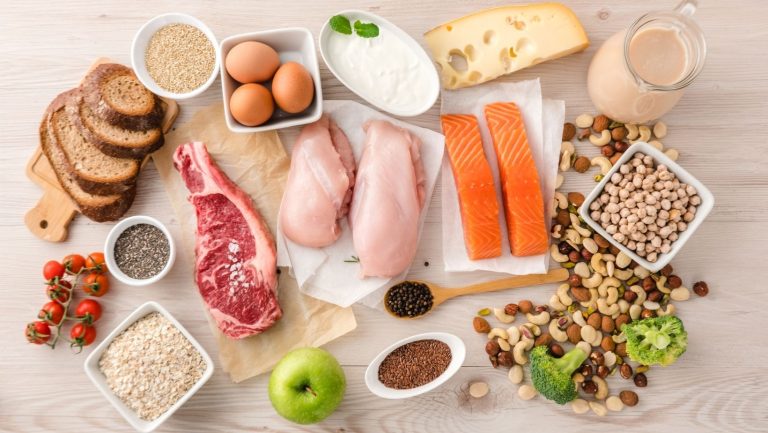The ROLE THAT FOOD PLAYS in causing disease is phenomenal and can answer many unanswered questions.
Once the disease occurs it just REFLECTS ON OUR SKIN AND WE THEN WANT A QUICK FIX FROM AMONGST MANY OPTIONS MARKETED TO US FOR ONLY EXTERNAL USE. Those options are great too and have their own place and are needed too.
Let us take a little time to understand to what extent food can have an impact on skin and our health.
Glycemic Index and skin
The glycemic index, or GI, measures how a carbohydrate-containing food raises blood glucose. Foods are ranked based on how they compare to a reference food — either glucose or white bread.
A food with a high GI raises blood glucose more than and much faster than a food with a medium or low GI.
Meal planning with the GI involves choosing foods that have a low or medium GI. If eating a food with a high GI, you can combine it with low GI foods to help balance the meal.
Examples of carbohydrate-containingfoods with a low GI include dried beans and legumes (like kidney beans andlentils), all non-starchy vegetables, some starchy vegetables like sweetpotatoes, most fruit, and many whole grain breads and cereals (like barley, channa /sattu/jowar and bajra, rye bread, and all-bran cereal).
Meats and fats don’t have a GI because they do not contain carbohydrate. That doesn’t mean that they are the best for your system. Remember things in moderation and according to your body type is the need for healing.
KNOW MORE ABOUT INDAIN FOODS GLYCEMIC INDEX , READ ON OUR SITE
REMEMBER LOW GLYCEMIC INDEX=LIGHTER BODY=BRIGHTER SKIN=FITTER MIND
CHOOSE WISELY


